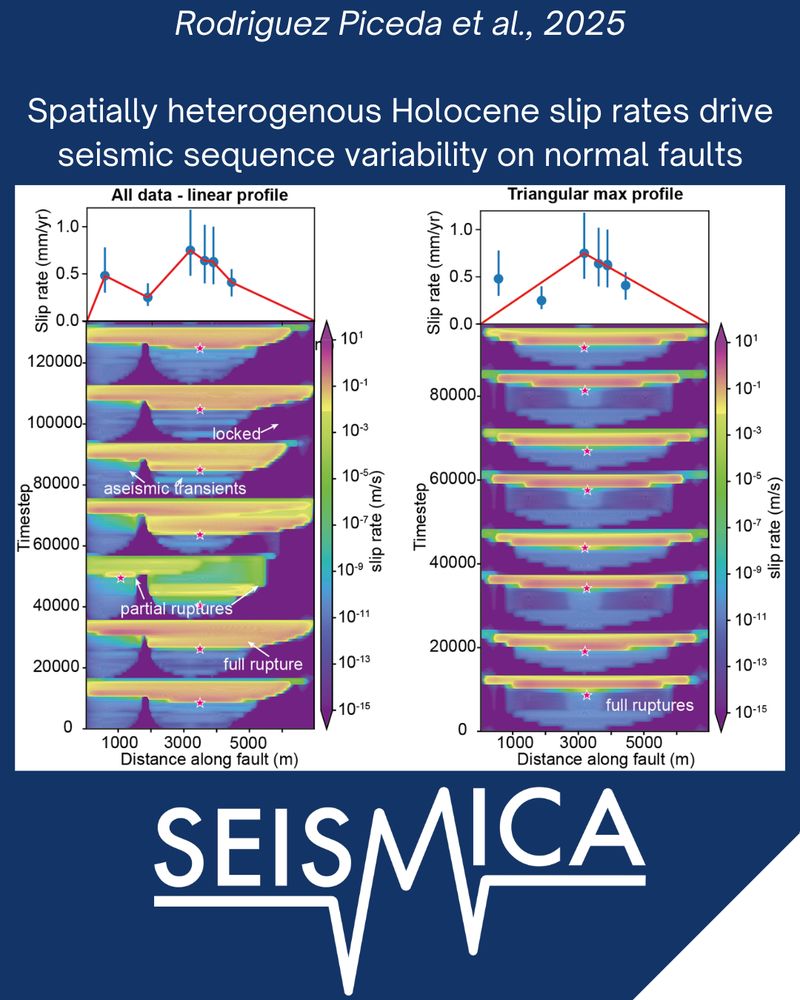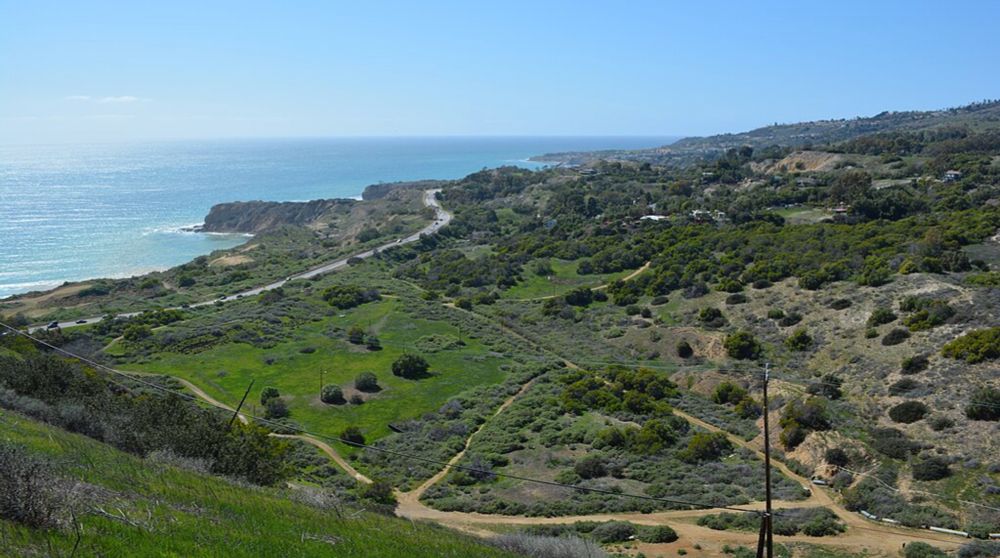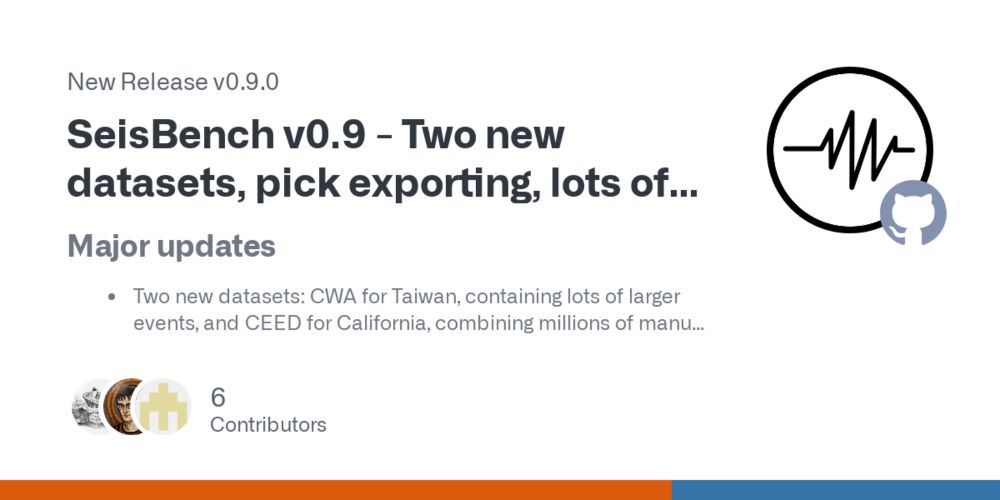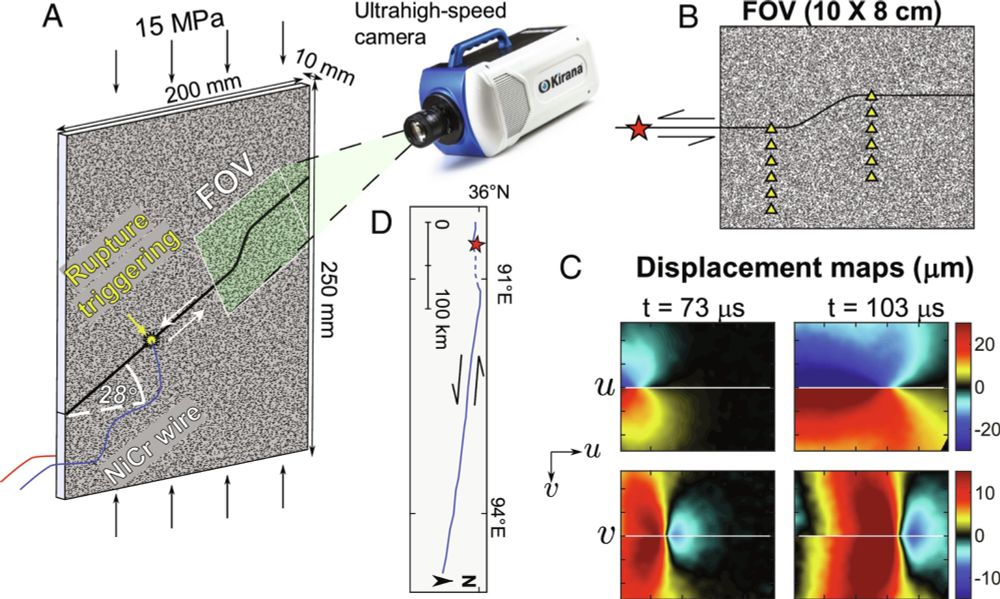
⚒️ 🧪
earthquakeinsights.substack.com/p/bangladesh...

⚒️ 🧪
earthquakeinsights.substack.com/p/bangladesh...
www.science.org/doi/10.1126/...

www.science.org/doi/10.1126/...
A M6.8 earthquake struck offshore Japan today - another large earthquake from the subduction zone that produced two recent great earthquakes. The earthquake was preceded by a "cascade up": foreshocks progressively increasing in maximum magnitude.
What do we know? What might happen next?

A M6.8 earthquake struck offshore Japan today - another large earthquake from the subduction zone that produced two recent great earthquakes. The earthquake was preceded by a "cascade up": foreshocks progressively increasing in maximum magnitude.
What do we know? What might happen next?
Varying slip rates along faults drive complex earthquake cycle patterns, yet they are overlooked in seismic hazard assessments.
Read more: seismica.library.mcgill.ca/article/view...

Varying slip rates along faults drive complex earthquake cycle patterns, yet they are overlooked in seismic hazard assessments.
Read more: seismica.library.mcgill.ca/article/view...
1/

1/
www.nature.com/articles/s41...

www.nature.com/articles/s41...
- SkyNet allows picking regional phases and can even distinguish Pn, Pg, Sn, Sg (beware of the Terminator though)
- SeisDAE brings easily retrainable seismic waveform denoising
Check out all changes here:
github.com/seisbench/se...

- SkyNet allows picking regional phases and can even distinguish Pn, Pg, Sn, Sg (beware of the Terminator though)
- SeisDAE brings easily retrainable seismic waveform denoising
Check out all changes here:
github.com/seisbench/se...
🧪🤖 #AI

🧪🤖 #AI
A M7.4 earthquake struck Russia's Kamchatka peninsula today: the largest aftershock so far of the great M8.8 on July 29th.
What do we see in the seismic data so far? And what are the chances of a triggered earthquake next door?
earthquakeinsights.substack.com/p/m74-earthq...

A M7.4 earthquake struck Russia's Kamchatka peninsula today: the largest aftershock so far of the great M8.8 on July 29th.
What do we see in the seismic data so far? And what are the chances of a triggered earthquake next door?
earthquakeinsights.substack.com/p/m74-earthq...
This reflects data from the U.S. Geological Survey that is subject to change. Visit the USGS page linked below for the latest #quake information
This reflects data from the U.S. Geological Survey that is subject to change. Visit the USGS page linked below for the latest #quake information
If you've seen breathless reporting about a seismic swarm near a "supervolcano" in northern Nevada, don't worry: that is just where Yellowstone was, 15 million years ago. There is no supervolcano there now.
But the swarm, and the geology here, is pretty neat! Read about it in our latest post:

If you've seen breathless reporting about a seismic swarm near a "supervolcano" in northern Nevada, don't worry: that is just where Yellowstone was, 15 million years ago. There is no supervolcano there now.
But the swarm, and the geology here, is pretty neat! Read about it in our latest post:

A new #TSR study suggests that the 28 March 2025 magnitude 7.8 Myanmar earthquake's southern section ruptured at supershear velocity, reaching speeds of 5 to 6 kilometers per second.
PR: www.seismosoc.org/news/first-a...
Paper: pubs.geoscienceworld.org/ssa/tsr/arti...

A new #TSR study suggests that the 28 March 2025 magnitude 7.8 Myanmar earthquake's southern section ruptured at supershear velocity, reaching speeds of 5 to 6 kilometers per second.
PR: www.seismosoc.org/news/first-a...
Paper: pubs.geoscienceworld.org/ssa/tsr/arti...
A M7.3 earthquake struck offshore Alaska yesterday. This is the sixth earthquake above M7 in this small stretch of the subduction zone since 2020.
This was a weird strike-slip earthquake, reminiscent of a similar quake in 2020. Did these ruptures happen in the slab, the upper plate - or both?

A M7.3 earthquake struck offshore Alaska yesterday. This is the sixth earthquake above M7 in this small stretch of the subduction zone since 2020.
This was a weird strike-slip earthquake, reminiscent of a similar quake in 2020. Did these ruptures happen in the slab, the upper plate - or both?
temblor.net/earthquake-i...

temblor.net/earthquake-i...
A M6.7 earthquake struck below the Weber Deep yesterday (a part of the Banda Sea, in eastern Indonesia).
Actually, lots of earthquakes strike below the Weber Deep. What’s going on down there? We explore how curved subduction zones might cause strange stresses in sinking slabs.

A M6.7 earthquake struck below the Weber Deep yesterday (a part of the Banda Sea, in eastern Indonesia).
Actually, lots of earthquakes strike below the Weber Deep. What’s going on down there? We explore how curved subduction zones might cause strange stresses in sinking slabs.

Region: *Myanmar*
Time: 2025-07-15 20:57:38 UTC
Epicenter : 96.12°E 22.03°N
Depth: 10 km
*First posted at: 21:09 UTC*
https://geofon.gfz-potsdam.de/eqexplorer/events/gfz2025ntwp/general
##GEOFON ##GFZ ##earthquake ##magnitude

Region: *Myanmar*
Time: 2025-07-15 20:57:38 UTC
Epicenter : 96.12°E 22.03°N
Depth: 10 km
*First posted at: 21:09 UTC*
https://geofon.gfz-potsdam.de/eqexplorer/events/gfz2025ntwp/general
##GEOFON ##GFZ ##earthquake ##magnitude
Also, I just discovered Bluesky now allows videos (like this one) that are longer than 60 seconds 🎉
New video length limit is 3 minutes.
Also, I just discovered Bluesky now allows videos (like this one) that are longer than 60 seconds 🎉
New video length limit is 3 minutes.
- The CWA dataset with broadband and strong motion data from Taiwan.
- The CEED dataset covering more than 4 million waveforms from California.
- A 20% speed-up when picking continuous datasets.
github.com/seisbench/se...

- The CWA dataset with broadband and strong motion data from Taiwan.
- The CEED dataset covering more than 4 million waveforms from California.
- A 20% speed-up when picking continuous datasets.
github.com/seisbench/se...
Early warning signs?
[@lgltpe.bsky.social]
Read more: seismica.library.mcgill.ca/article/view...

Early warning signs?
[@lgltpe.bsky.social]
Read more: seismica.library.mcgill.ca/article/view...
More than 40,000 people reported feeling shaking when a M4.1 earthquake struck eastern Tennessee this morning.
Unusual? Maybe not: this is part of the Eastern Tennessee Seismic Zone. But the jury is still out on exactly why those earthquakes are occurring…

Read now: seismica.library.mcgill.ca/article/view...

Read now: seismica.library.mcgill.ca/article/view...
We study the dynamic effects of fault bends on earthquake ruptures by imaging shear ruptures in PMMA plates propagating through bends (double bends to be exact).
www.pnas.org/doi/10.1073/...
⚒️🧪

We study the dynamic effects of fault bends on earthquake ruptures by imaging shear ruptures in PMMA plates propagating through bends (double bends to be exact).
www.pnas.org/doi/10.1073/...
⚒️🧪

